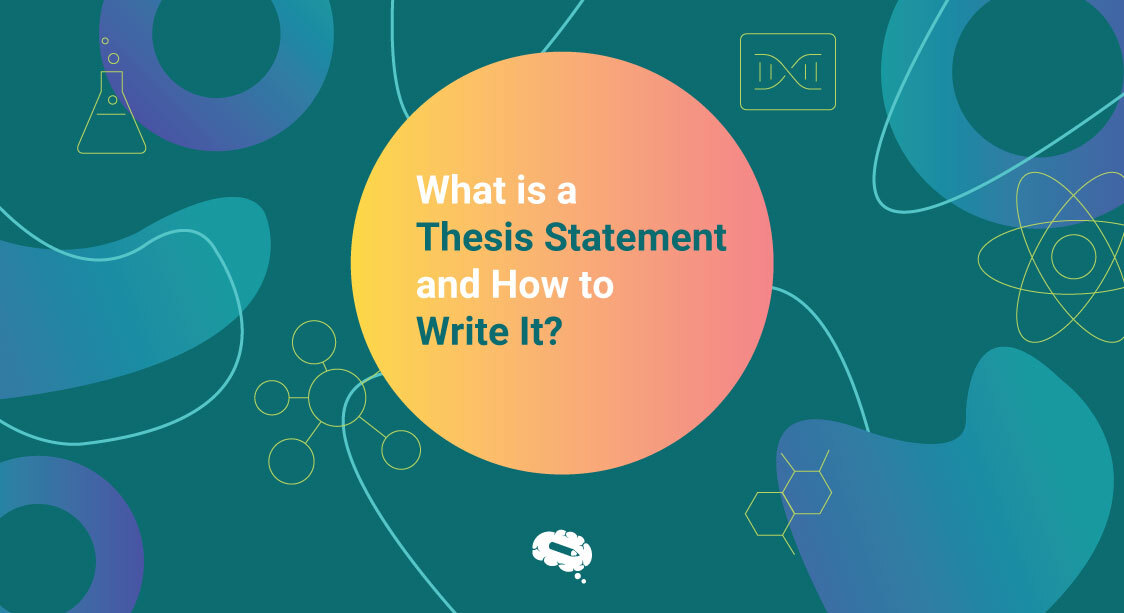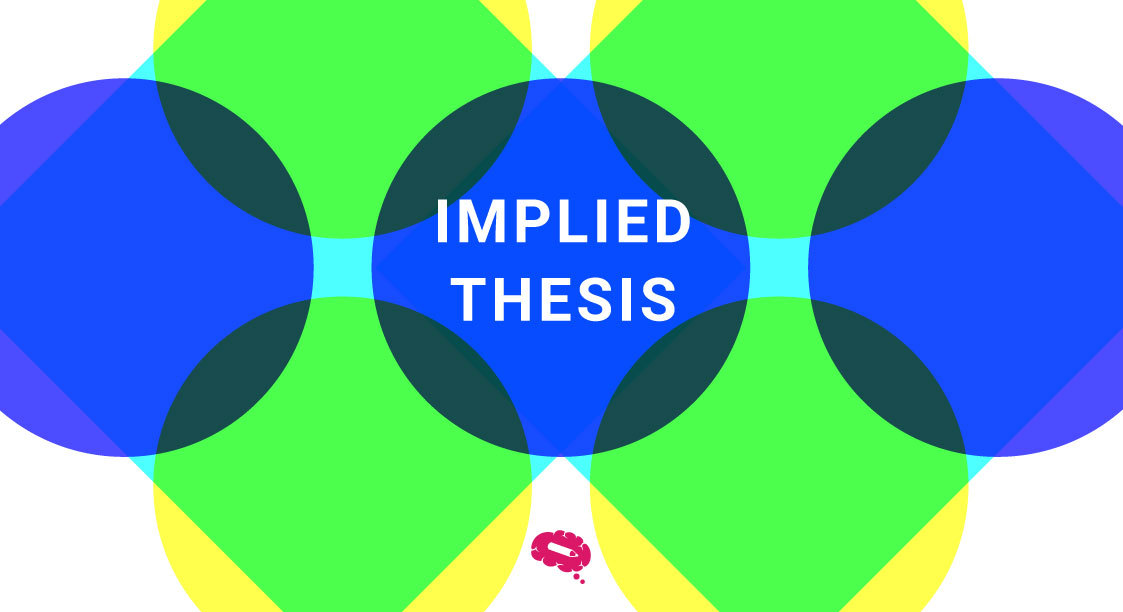Who doesn’t love to skim the information and get a gist of the topic before reading the entire essay or research paper? This helps you understand the topic better, save your time, grasp the main idea, and know whether the essay is worth your time or not. And here comes the importance of the thesis statement. So what is a thesis statement, why it is important, and how to write a better one? Read the article to find the answers to your questions.
What is a Thesis Statement?
A thesis statement states the purpose of the essay, dissertation, research paper, etc. clearly and concisely and is generally written at the end of the introductory paragraph.
It is the backbone of a research paper and helps your readers interpret the idea behind your paper and tells the scope of your essay. It is written in 1-2 sentences and projects the central idea, which reflects back in a detailed manner in the body of the paper or essay through examples, facts, and figures.
Example of a thesis statement: Reading develops a child’s mind by fostering comprehension skills, increasing vocabulary, and exposing them to new worlds they might not otherwise encounter.
The thesis statement is classified into:
- Direct thesis statement: Direct thesis statement explains the reasons behind the main topic in the thesis statement.
- Indirect thesis statement: It doesn’t explain the main reason behind the topic but is written in a crisp form to drive the essay.
In our recent article, you can learn what are the differences between thesis and dissertation.
Importance of a Thesis Statement
- It develops content for the body of your write-up
- Helps to pique the interest of your audience and engage them in the topic
- Helps the readers to know the aim of the essay
- Claims the author’s argument
- Answer the question your reader is looking for
- It gives direction to your paper and helps to control the main ideas in your essay
- It helps to persuade the readers about the points of view of your argument
How To Write A Strong Thesis Statement?
1. Brainstorm for ideas
To write a strong thesis statement, you need to come up with a topic that piques your interest and that you have a fair knowledge about. Because who wants to leave the topic in the middle without completing it, wasting all their time and efforts, right? But if you are already given a topic, then great! You’re done with your first step.
2. Research your topic
Once you come up with the topic, do your preliminary research. Read about it and learn everything about the topic so that you’ll have the right information to write about.
3. Narrow down your topic
Do not take a broad concept. You’ll not be able to justify your topic as it becomes difficult to cover everything in your essay. Narrow down your topic to a specific concept so that you’ll have enough information to cover. However, do not narrow it down too much so that it’ll be difficult for you to find information.
4. Ask Questions
Ask questions about what you want to write and come up with answers to these questions so that you’ll have a clear and concise thesis statement.
5. Refine your Thesis Statement
It’s time to polish your thesis statement. Read, edit and reread it, this will make it perfect. And if you still have fears about your statement, let your friends read and interpret what they think your essay would be. If they understand the idea of your topic, voila! you’ve aced with your thesis statement.
Types of Thesis Statement
1. Explanatory
An explanatory thesis statement, also known as an expository statement is evidence-based and depends on facts. This type doesn’t involve any personal opinions and explains everything about the topic with factual data.
For example: Adopting lifestyle changes like having a balanced diet, drinking adequate water, and quitting alcohol and smoking helps you get wrinkle-free skin.
2. Argumentative
An argumentative thesis statement is based on the opinion of the writer and is backed up with examples and other evidence. These statements are dependent on debatable topics and are claimed with the writer’s argument and logical reasons.
For Example: school uniforms may be an upfront cost for families, but they eradicate the visual differences in income between students and provide a more egalitarian atmosphere at school.
3. Analytical
An analytical Thesis Statement breaks an idea into various parts and evaluates the topic and analyzes it in the order the writer understands and brings up the conclusion in the form of a thesis statement.
For Example: Though World War I had many different causes, burgeoning nationalism fomented the sense of aggression that ultimately led to the War’s beginning and proliferation.
High impact and greater visibility for your work
Mind the Graph is an infographic platform that enhances your work with visuals and makes your research explicit and reader-friendly. Sign up to Mind the Graph now and make the best of your research.

Subscribe to our newsletter
Exclusive high quality content about effective visual
communication in science.




